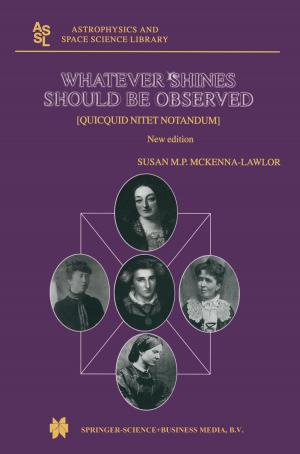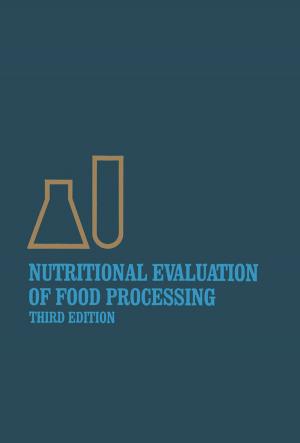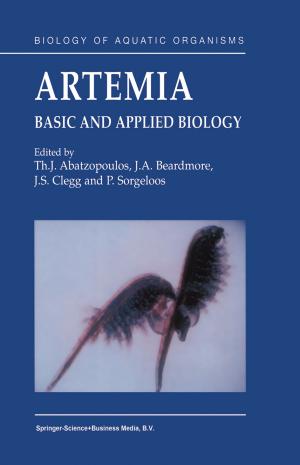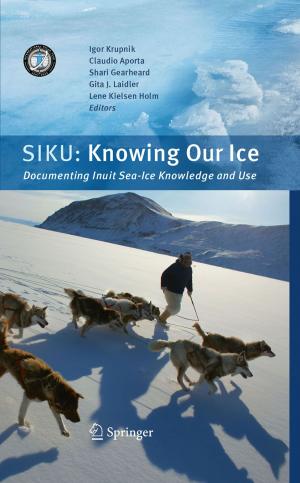Cladocera as Model Organisms in Biology
Proceedings of the Third International Symposium on Cladocera, held in Bergen, Norway, 9–16 August 1993
Nonfiction, Science & Nature, Science, Biological Sciences, Ecology, Zoology| Author: | ISBN: | 9789401100212 | |
| Publisher: | Springer Netherlands | Publication: | December 6, 2012 |
| Imprint: | Springer | Language: | English |
| Author: | |
| ISBN: | 9789401100212 |
| Publisher: | Springer Netherlands |
| Publication: | December 6, 2012 |
| Imprint: | Springer |
| Language: | English |
The Third International Symposium on Cladocera, papers from which make up this volume, covered recent findings on the behaviour, life history, population genetics, reproduction, chemical communication, predator-prey interactions, epibionts, taxonomy, phylogeny, palaeolimnology and biogeography of this animal group.
The Cladocera occupy an intermediate position in lake ecosystems, both as plankton and benthic organisms. Their often high abundance and their function, as transfer organisms from algae and dead organic matter to macro-invertebrates and fish, make them one of the most important organisms to affect the biological processes in freshwater ecosystems. The Cladocera living among the plankton often have recognizable distribution patterns and migrations; their size and brief life cycles make them popular in laboratory experiments; their cyclic parthenogenesis makes them suitable for many aspects of population genetics; and they are present as microfossils in lake sediments. All these features confer a unique status on the Cladocera as model organisms in many aspects of modern systematics and ecology.
The Third International Symposium on Cladocera, papers from which make up this volume, covered recent findings on the behaviour, life history, population genetics, reproduction, chemical communication, predator-prey interactions, epibionts, taxonomy, phylogeny, palaeolimnology and biogeography of this animal group.
The Cladocera occupy an intermediate position in lake ecosystems, both as plankton and benthic organisms. Their often high abundance and their function, as transfer organisms from algae and dead organic matter to macro-invertebrates and fish, make them one of the most important organisms to affect the biological processes in freshwater ecosystems. The Cladocera living among the plankton often have recognizable distribution patterns and migrations; their size and brief life cycles make them popular in laboratory experiments; their cyclic parthenogenesis makes them suitable for many aspects of population genetics; and they are present as microfossils in lake sediments. All these features confer a unique status on the Cladocera as model organisms in many aspects of modern systematics and ecology.















